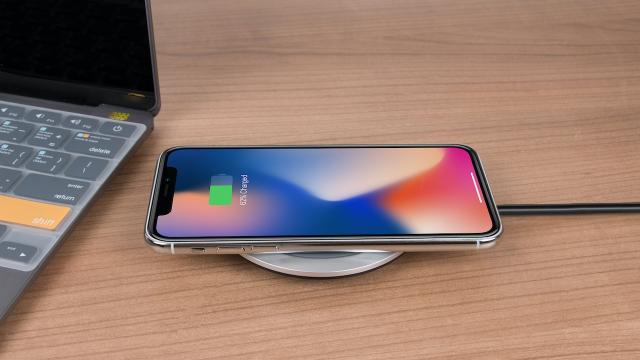It’s CES week! The week when almost every tech company you’ve ever heard of is announcing a variety of new gadgets, from AI-enabled TVs, to AI-enabled toilets. But when it comes to mobile accessories this CES, the buzz term isn’t AI (thank goodness), but Qi2 charging. But what even is that? And why should you care?
What is Qi2?
Qi2 is the latest open wireless charging standard introduced by the Wireless Power Consortium, which sounds like a shadowy villain organisation in a B-grade super hero movie, but it’s actually just an open standard development group with 300 member companies.
You may or not remember Qi charging, the currently most common form of wireless charging. With Qi-compatible devices, you can place your phone or other device on a wireless charging pad and, if lined it up properly, the device would charge at a rate of 5W (with some later models allowing up to 15W). But it draws more power than it charges with, and if you don’t line it up correctly, your phone gets nothing, and you wake up to a dead battery.
Qi2 improves on the original technology by now having magnets, like the Apple MagSafe charging solution, but with different branding (and not proprietary) (Apple was involved in developing the Qi2 standard).
Why should you care about Qi2?
Because, if you like to wirelessly charge your device and don’t use MagSafe iPhones, it’s about to make your life much easier.
With the magnets, you don’t need to guess whether you’ve aligned your device properly, you’ll just know because it’ll be stuck onto the charger.
It’s more efficient because the device and charger are always aligned when in use, there will be less power wastage, which can really add up.
Because of that reduced waste, and upgraded innards, devices charge faster. Early Qi devices would only charge at a rate of 5W, while Qi2 starts at 15W and has the potential to charge at higher rates in the future.
The good news is that Qi2 is also backwards compatible, even if your phone doesn’t have a magnet it’ll work like a regular Qi charger. Or, if you have a Qi2 phone and charger, but also want to charge older Qi devices on your new charger (and new devices on your old charger), you can do that, too. Qi2 and Apple MagSafe are also friends, so you can have one wireless charger for both your Apple and Android phones.
So, if you despise plugging things in, and enjoy magnets, then you’re going to love Qi2.
